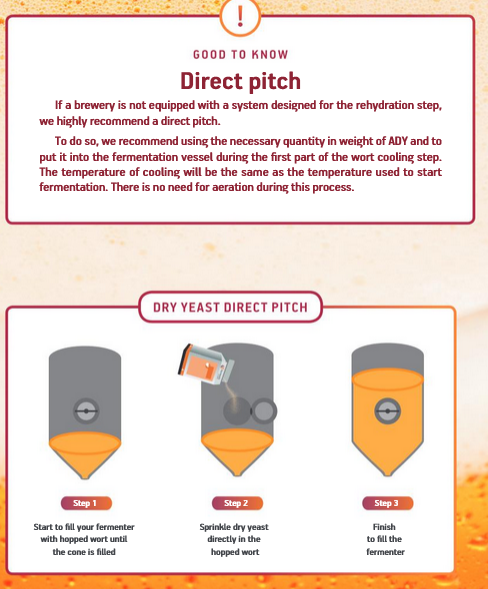I keep the following on hand:
US-05
04
BRY-97
Belle Saison
London ESB
Abbaye
T58
I started with Wyeast 12 years ago but I no longer have a convenient LHBS and I’m very hesitant to order liquid yeast online.
My LAST purchase from Northern Brewer arrive late and the interior temp of the package was almost 100°F despite having paid for Overnight FEDEX!
The included “ice pack” was half the size of the yeast packs with no insulation!
US-05
04
BRY-97
Belle Saison
London ESB
Abbaye
T58
I started with Wyeast 12 years ago but I no longer have a convenient LHBS and I’m very hesitant to order liquid yeast online.
My LAST purchase from Northern Brewer arrive late and the interior temp of the package was almost 100°F despite having paid for Overnight FEDEX!
The included “ice pack” was half the size of the yeast packs with no insulation!





![Craft A Brew - Safale BE-256 Yeast - Fermentis - Belgian Ale Dry Yeast - For Belgian & Strong Ales - Ingredients for Home Brewing - Beer Making Supplies - [3 Pack]](https://m.media-amazon.com/images/I/51bcKEwQmWL._SL500_.jpg)




















































